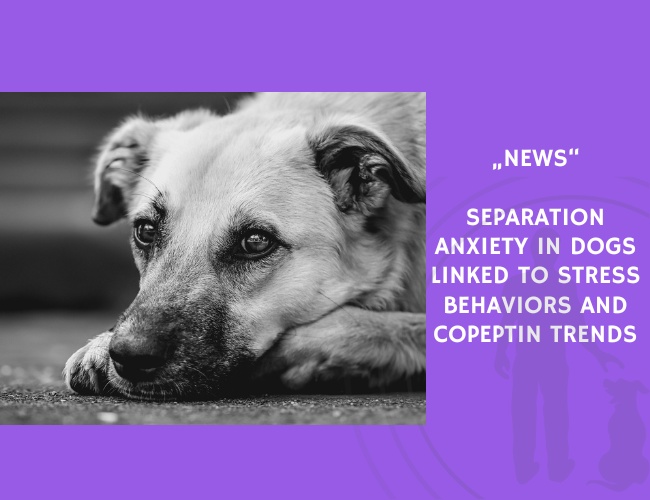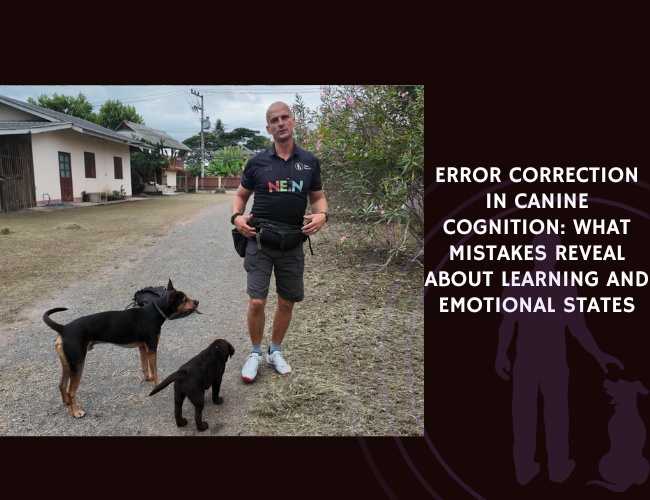Pierantoni et al. (2022) investigated separation-related problems (SRPs), which affect up to 56% of dogs and are a leading cause of distress and abandonment. The researchers compared 13 dogs with SRPs and 15 control dogs during a three-minute separation and reunion test in an unfamiliar environment.
Dogs with SRPs showed significantly higher stress-related behaviors, including locomotion, oral activities, and persistent attention-seeking. Interestingly, their activity levels dropped during the separation phase but increased before and after, suggesting that anticipation of separation may heighten anxiety.
The study also measured salivary copeptin, a surrogate for vasopressin, which has been linked to stress regulation. Although overall copeptin concentrations did not differ significantly between groups, the data showed different trends in SRP versus control dogs. These preliminary findings suggest potential for copeptin as a non-invasive biomarker, but larger validation studies are needed.
This research highlights the behavioral and physiological complexity of canine separation anxiety and underscores the need for integrated diagnostic approaches combining behavioral profiling with biomarker analysis.
Source: Pierantoni, L., Albertini, M., Piotti, P., Ripamonti, G., Pocar, P., Borromeo, V., & Pirrone, F. (2022). Signs of Anxiety and Salivary Copeptin Levels in Dogs Diagnosed with Separation-Related Problems in a Short Separation Test. Animals, 12. Authors: L. Pierantoni et al. Journal: Animals.










